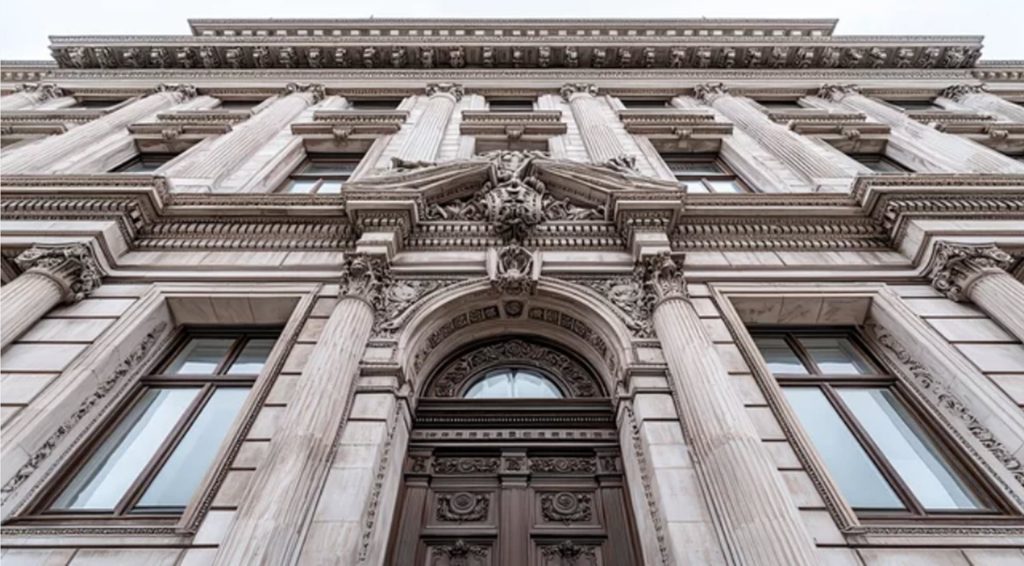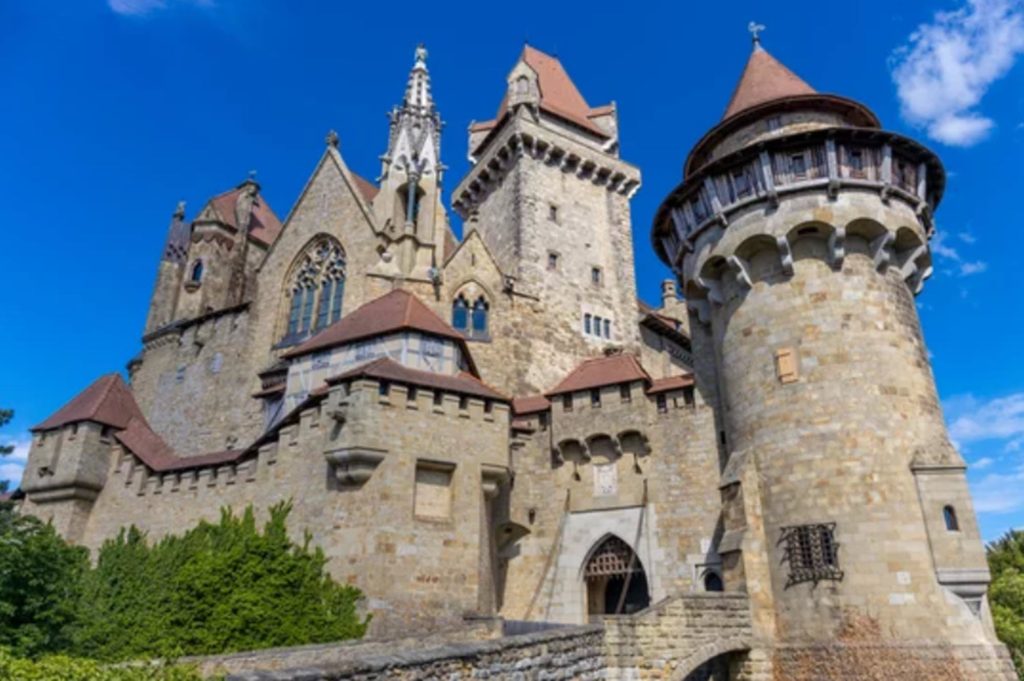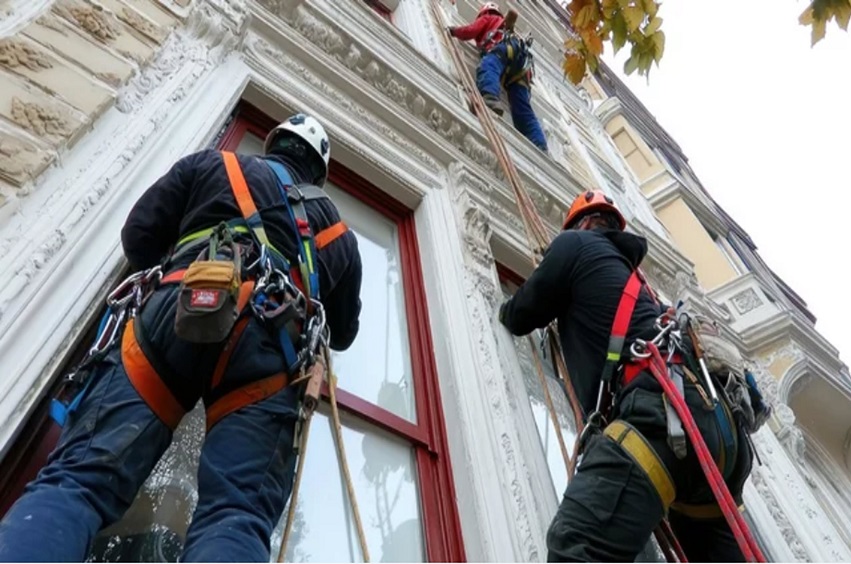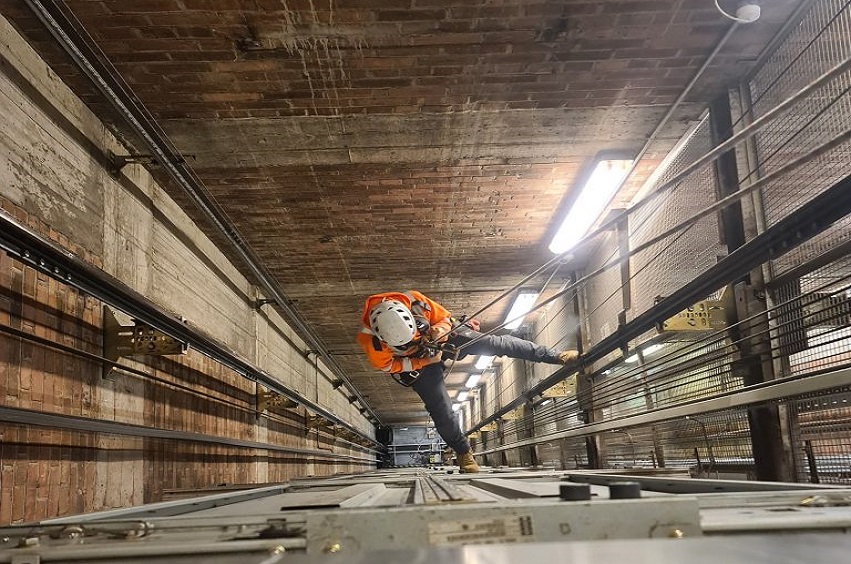Discover how rope access protects delicate architecture while saving time, cost, and compliance headaches.
When it comes to maintaining historic buildings, care, precision, and preservation matter more than anything else. These aren’t just structures – they’re legacies. Whether it’s a Grade I listed church, a Victorian townhouse, or a heritage museum, any maintenance work must be done with minimal disruption and zero damage to the fabric of the building.
This is exactly where rope access outshines traditional methods like scaffolding or heavy machinery. It’s fast, gentle, and surgically precise – ideal for delicate environments where access is difficult, and preservation is non-negotiable.
Looking for discreet access solutions for a historic or listed building?
🧗♂️ Rope Access: A Minimal Footprint with Maximum Reach
Historic properties often feature:
- Ornate facades
- Fragile roofing materials (slate, lead, terracotta)
- Narrow courtyards or tight urban spaces
- Decorative features that can’t be touched or blocked
- Installing scaffolding around these areas can:
- Obstruct public views for weeks or months
- Risk damaging fragile masonry or gardens
- Require anchor holes or fixings (which are often prohibited)
Rope access eliminates these problems. Using non-invasive rigging methods, trained technicians descend directly to the work area, completing tasks with surgical precision and no structural interference.
🔐 Safe, Controlled, and Heritage-Compliant

Many people still assume scaffolding is “safer.” In reality, rope access is statistically one of the safest work-at-height methods in the world especially under IRATA standards (Industrial Rope Access Trade Association).
Each rope access operation includes:
- Each rope access operation includes:
- Two independently anchored ropes (main + backup)
- Load-rated anchor slings or structures – no drilling required
- Fully certified technicians with annual safety refreshers
- Real-time risk assessments and site-specific rescue plans
These systems allow work to proceed without violating heritage restrictions or conservation standards.
🧰 Common Rope Access Jobs for Historic Properties
- Gutter Clearance and Repair:
Clearing debris from ornate cast iron or copper gutters without damaging them or disturbing roof slates. - Façade Inspections & Repairs:
Checking for cracks, water ingress, or structural damage in stonework, lead flashing, or terracotta tiles. - Painting and Cleaning:
Accessing high-up window frames or intricate cornices with gentle cleaning solutions and zero scuff marks. - Masonry Pointing or Stone Replacement:
Targeting only the damaged section of a wall – with no need to scaffold the entire structure. - Roof Repairs:
Spot repairs or full surveys of pitched, slate, or clay-tiled roofs where scaffolding would be costly and invasive. - Bird Proofing & Netting Installations:
Installing discreet netting or spike systems to deter pigeons without disturbing the building’s profile.
📸 Real-World Scenario: How Rope Access Could Save Time and Cost on Historic Sites
💡 Thinking About a High-Risk Project or Sensitive Structure?
We can help you avoid costly scaffolding and complete your job safely and discreetly.

Imagine a listed chapel in central London with deteriorating lead flashing on its roof. Traditional scaffolding would take over 10 days to install, block pedestrian access, and cost upwards of £15,000 – not to mention the risk to nearby landscaping.
With rope access, a small team could complete the work in just two days – no scaffolding, no street closures, and no damage to the surrounding heritage environment.
The building stays open. Visitors are unaffected. And the job gets done with less disruption and greater precision. That’s the power of rope access in sensitive, historic settings.
📍 Ideal for Tight Sites and Sensitive Zones
Rope access also shines in places where ground-level access is limited, such as:
- Inner courtyards of Georgian terraces
- Narrow alleyways behind high street shops
- Internal atriums with glass ceilings
- Church steeples surrounded by graveyards
Scaffolding in these areas is either prohibitively expensive or outright impossible. Rope access adapts – not the other way around.
💰 Cost and Time Benefits
For historic buildings, cost efficiency is about more than just money – it’s about avoiding unnecessary risk. Rope access can:
- Cut costs by up to 60% compared to scaffolding
- Reduce project timescales by days or weeks
- Avoid permit complications for protected structures
- Minimise disruption for residents, visitors, or events
The end result? Quieter, safer, faster, and more respectful maintenance of your historic site.
🛡️ Respect the Past, Protect the Future
At WOW, we believe historic buildings deserve specialist care. Our IRATA-trained rope access teams work hand-in-hand with conservation officers, property managers, and restoration experts to ensure every job is handled with precision, respect, and compliance.
Whether you’re overseeing a listed property or managing a heritage trust, we provide the rope access expertise that protects your legacy.
📞 Ready to Preserve with Precision?
Let’s discuss your heritage site’s needs today.
… and find out how rope access can help you maintain your historic building – without scaffolding, disruption, or risk.



